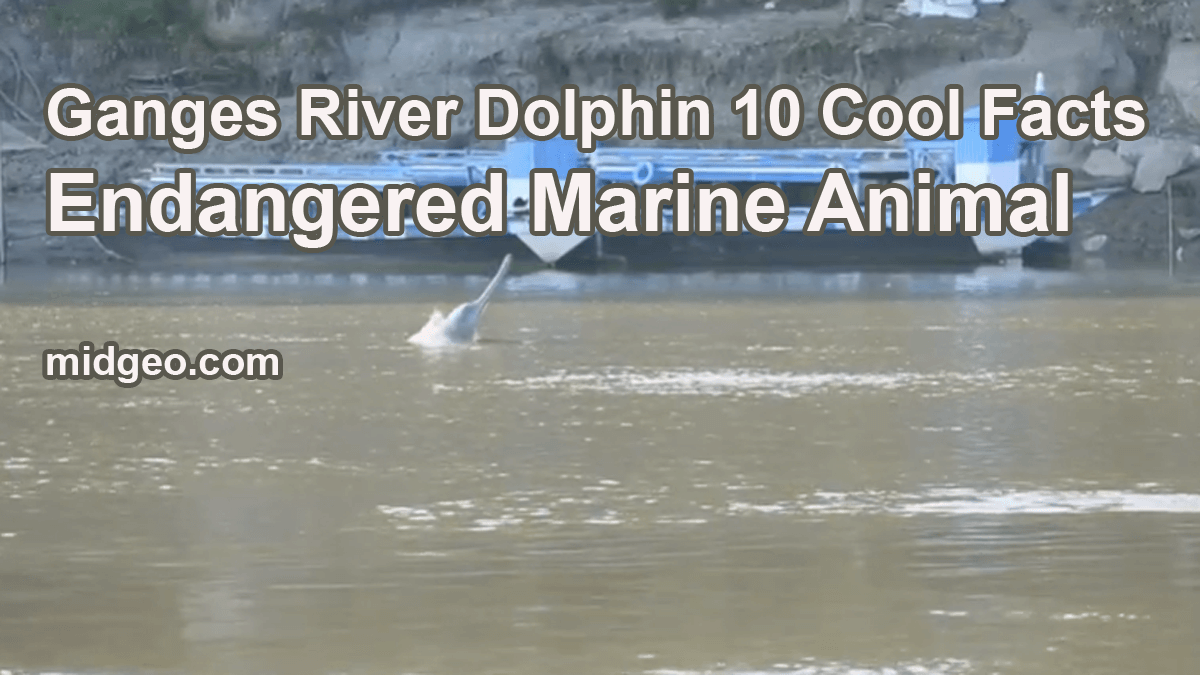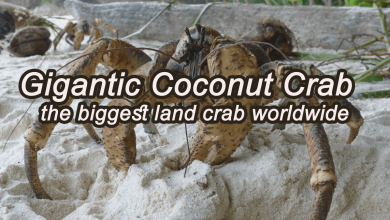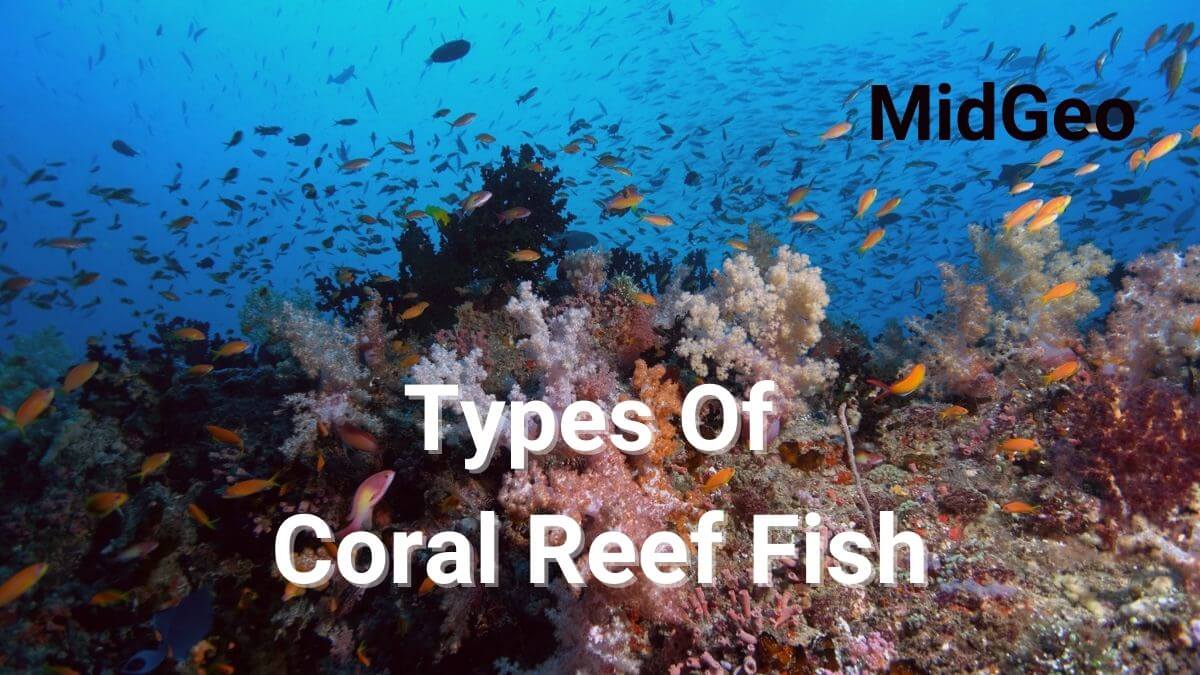Glowing Hawksbill Sea Turtle Facts – endangered species
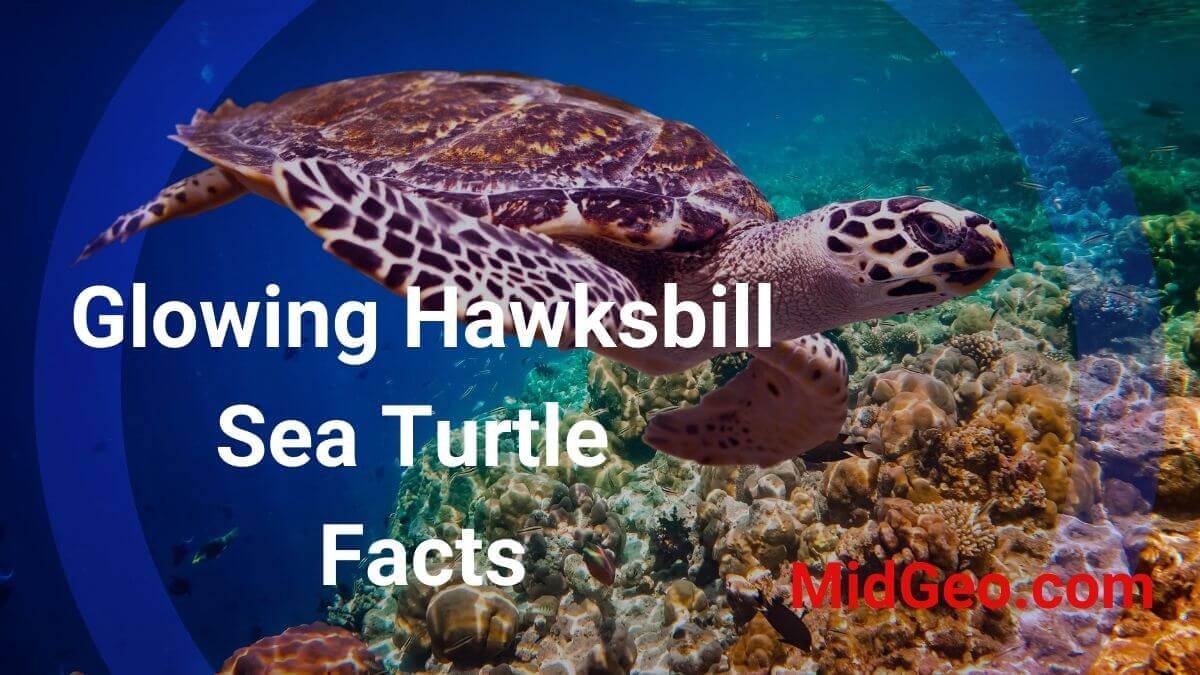
The hawksbill sea turtle (Eretmochelys imbricata) are today’s endangered species. In this, you can learn about The hawksbill sea turtle facts, Lifespan, Habitat, Diet, Threats to Survival Facts.
Hawksbill can grow up to 45 inches in Shawn and weigh 150 pounds, which is not exceptionally enormous compared to other sea turtles. Their carapace, or upper shell, is heart-shaped when young and elongates as they age. Their brightly colored carapace is serrated and has overlapping, thick bone plates. The tapering head of the hawksbill turtle ends in a sharp tip that resembles a bird’s beak, hence its name. A further distinctive feature is a pair of claws adorning each flipper.
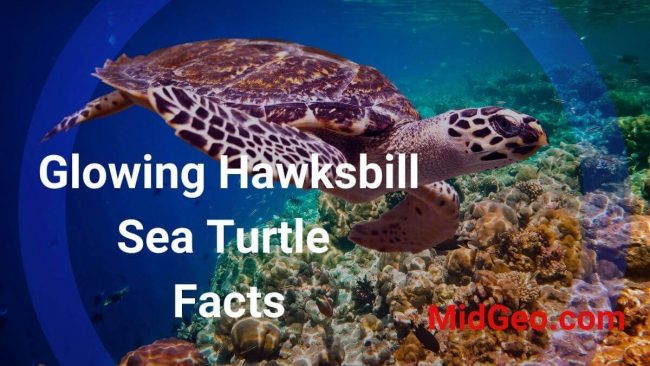
Male hawksbills have more extended claws, thicker tails and somewhat brighter colorings than females; hawksbills are named for their narrow, pointed beak. Their shells also contain a peculiar pattern of overlapping scales that give a serrated appearance on the edges. These colorful and patterned shells are incredibly precious and are usually sold in marketplaces as tortoiseshell.
Hawksbills are primarily found in the world’s tropical oceans, particularly in coral reefs. They devour sponges, which they pull from cracks in the reef with their narrow, pointed beaks, but they also eat sea anemones and jellyfish.
Hawksbill Sea Turtle Facts
Sea turtles are the live representatives of a species of reptiles that have been on Earth for the past 100 million years and have crossed the globe. They are a fundamental link in marine ecosystems and help maintain the health of coral reefs and sea grass beds in an unexpected move.
Governments adopted vital decisions to help tackle the illegal trade of sea turtles and stop their rapid decline. Countries will collaborate to increase monitoring, detection, and law enforcement actions in coastal areas and trade hubs for this migratory species.
At the same time, fishing vessels in sea turtle landing locations must be held to a higher standard of accountability and oversight. Finally, DNA sampling is necessary to increase the traceability of illegal products and their origins and monitor criminal activities, and population decreases.
Hawksbill Sea Turtle Facts – Mid Geo
Pork spills help maintain the health of coral reefs as they remove prey, such as sponges, from the reef’s surface. They make it easier for reef fish to feed. For example, residents in the coral triangle have cultural significance and tourism value.
The flow of visitors who come to admire Turtles is a vital source of income.
Hawksbill Sea Turtle Habitat And Diet Facts
Hawksbill turtles are found throughout the tropical waters of the Atlantic, Pacific and Indian oceans. They eschew deep waters favoring coastal areas where sponges abound and sandy nesting grounds are easily accessible. These migratory reptiles aid in the preservation of a healthy coral reef habitat. Pork spills are omnivorous, eating mollusk’s, marine algae, crabs, sea urchins, fish, and jellyfish, among other things.

Although their strong shells protect them from many predators, they are vulnerable to colossal fish, Sharks, crocodile’s octopuses and humans.
Hawksbill Sea Turtle Lifespan & Reproduction Facts
like other sea turtles hawksbills, make Incredible migrations to move from feeding sites to nesting grounds, generally on tropical beaches, every two to five years: female hawksbills return to the beaches where they were born to nest, which usually takes place in shallow waters close to the shore, the nesting procedure begins when the turtles leave the sea to choose an area to lay their eggs, they dig a pit in the sand, fill it with 130 To 160 eggs and then cover it at this stage.
The turtles retire to the sea, leaving the eggs to hatch in around 60 days. The most challenging phase of their life occurs when hatchlings embark from their nests to the sea when crabs and flocks of gulls hunt on the young turtles.
Hawksbill Sea Turtle Threats to Survival Facts
Many marine turtles are threatened with extinction. Hawkbills are highly threatened, primarily as a result of human activity. Humans have coveted tortoise shells since ancient Egypt and with their stunning shells. Hawksbill are no exception. Although the legal international hawksbill shell trade ended in 1993, the International Union for Conservation of Nature believes that millions of hawksbills have been slaughtered in the last hundred years of the tortoiseshell trade.
Trade continues, Hawksbill eggs are still eaten worldwide despite the turtle’s international protected status, and they are often killed for their flesh. Accidental capture in fishing nets also poses a hazard to these beautiful sea turtles.
Another essential hazard to hawksbill turtles is habitat loss.Coastal development has reduced the space available for them to nest while rising temperatures associated with global climate change kill the coral reefs they rely on for food.
Hawksbill Sea Turtle Conservation Facts
Hawksbill turtles are protected by international agreements like the convention on international trade. In Endangered species of wild fauna and flora sites and the convention on migratory species, this level of international cooperation is essential to conserving Hawke’s given their comprehensive geographic range. advocates are also working to protect the hawksbill turtles habitats by designating the marine sanctuaries or Aquatic preserves, while researchers like photo, arch fellow Daniel arse, are gathering data on Hawkebills populations to help raise awareness among local communities and improve conservation strategies.
The actual age that hawksbill sea turtles reach, s*exual maturity is unknown. It is uncertain at what age hawksbill sea turtles achieve s*exual maturity.
Mating occurs every two to three years, primarily in shallow seas, with copulation beginning near the shore. Only during the breeding season do pork spills exit the water. Females dig nests in the sand to raise their young. Usually found near vegetation. It takes one to three hours to complete the nesting process.
They clean up the area and dig a sandpit. They lay their eggs in the pit, then use their hind limbs to cover it with sand after the eggs have been laid and buried. They return to the sea right away. The hatchling turtles emerge at night after about two months. They are guided to the sea by the light reflected off the water from the sky.
Car headlights, street lighting, and lights on nearby buildings force some hatch lings to go in the wrong direction these days. Other hatch lings are quickly eaten by waiting herons. Predators will easily pick out any newborns lingering on the beach in the morning, or they will perish in the scorching heat. When the surviving hatch lings reach maturity, it is thought that they will return to the beach where they hatched to lay their eggs.
Glowing Hawksbill Sea Turtle Facts – endangered species
Hawksbill Sea Turtle Predators
Hawksbill turtles’ strong carapace, like that of all turtles, deters predators.
People, sharks, and crocodiles still eat adult turtles. After hatched hawksbill turtles make the trek to the sea, terrestrial predators such as dogs, raccoons, rats, mongooses, and humans raid the nests. Although the trip is only a few minutes long, many hatchlings are preyed upon by gulls, herons, and giant crabs.
The hawksbill turtle is one of the tiniest turtle species. It has a thin, pointed beak and a gorgeous patterned shell, and it lives in the warm tropical coastal waters of the world’s oceans, from the Atlantic to the Pacific, as well as the Indian Ocean.
It’s impossible to say how many hawksbill turtles there are. Still, research estimates there are only five populations globally, totaling roughly 8 000 turtles, and only 1 000 females nesting annually, leaving the water to lay their eggs on the beach.
They will find a suitable location, dig a hole, lay their eggs, cover them, and return to the water, leaving their eggs behind. The eggs will be buried for about 60 days before hatching. The sandy sea bed provides them with perfect sights for nesting, hawksbill turtle’s nest. Every two to three years, they produce an incredible 60 to 200 eggs.
The gorgeous hawksbill shell is robust and excellent in protecting them from predators during the nesting season. Sharks, crocodiles, octopuses, and the world’s greatest predator, the shark, still feast on them: humans, their beautiful gold and brown pattern Shells are also known as tortoises. Shell are hunted and sold illegally on the black market. Jewelers, combs, brushes, inlay furniture, and other beautiful items are made from the shell.
Glowing Hawksbill Sea Turtle Facts – endangered Marine species FAQ
How many hawksbill sea turtles are left in the world?
The International Union for Conservation of Nature has listed hawksbill turtles as Critically Endangered (the global authority on the status of the natural world). They are the most endangered of the seven sea turtle species, along with Kemp’s Ridleys, with only about 8,000 nesting females left worldwide.
Why are hawksbill sea turtles going extinct?
Hawksbill turtles were nearly extinct before the tortoiseshell trade was banned, and even though the international sale of their shells is now prohibited, there is still a thriving black market. Destroying nesting and feeding habitat, pollution, boat hits, coastal development, entanglement and fishing gear, and damaging fishing tactics like dynamite fishing are other hazards.
Why is the hawksbill sea turtle important?
Hawksbill turtles contribute to the health of coral reefs. They make it easier for reef fish to feed by removing prey such as sponges off the reef’s surface. They are also culturally significant and have tourism potential.

